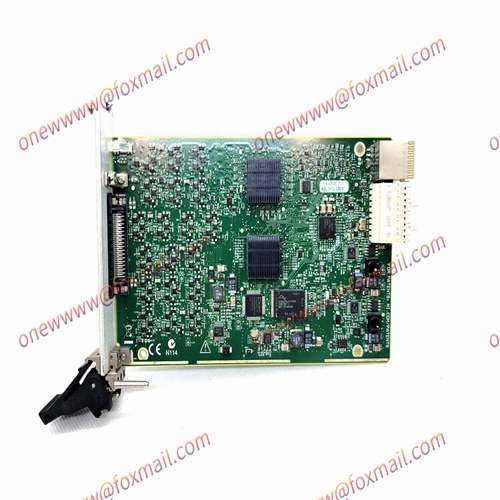NI PXIe-6535 Digital Output Module
NI PXIe-6535 is a high-performance digital output module from National Instruments (NI), suitable for the PXIE platform. The following is general information about the NI PXIe-6535 high-performance digital output module:
High performance digital output: The NI PXIe-6535 module provides high-performance digital output functions that can be used to control and excite external devices. It has high-speed response and precise output capability, which can output high-speed and fine digital signals.
PXIE interface: This module adopts the PXIE interface standard and is compatible with the PXIE platform. PXIE is a modular measurement and control system architecture with the advantages of high bandwidth, low latency, and scalability.
High channel density: The NI PXIe-6535 module has a high channel density and can simultaneously control multiple digital output channels. It supports multiple digital output channel configurations to meet the needs of different applications.
High output rate and low latency: This module has the characteristics of high output rate and low latency, and can control external devices in real-time. It can output digital signals at a high rate and provide fast and accurate responses.
Powerful signal control capability: The NI PXIE-6535 module has powerful signal control capabilities, including various digital output modes and triggering options. Users can flexibly configure modules to achieve the required signal output control.
Software support: This module is equipped with corresponding software support, including NI-DAQmx driver and LabVIEW programming environment. These software tools provide rich functionality and development resources, making it easy for users to configure, control, and process data.
Application field: The NI PXIe-6535 high-performance digital output module is widely used in the fields of automation control, testing, and measurement. It is suitable for application scenarios that require high-speed and precise digital output control, such as motion control, device excitation, signal generation, etc.

